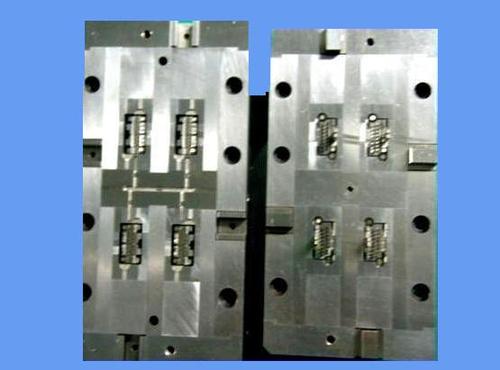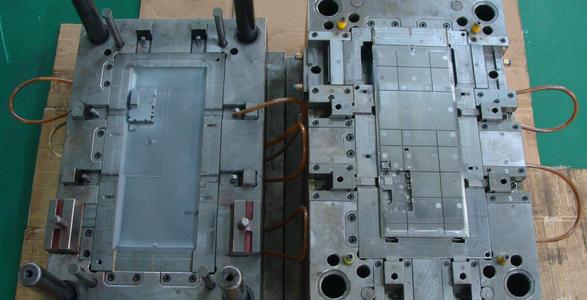Friends often ask: I have plastic samples, but no 3D drawings, mold factory can open plastic molds according to samples? This is possible. Mold factories can provide product reproduction services. Here’s how to learn the journey from sample to a set of molds and thousands of identical products:
1. You need to collect samples for replication, which is called 3D scanning. The shape of the product is scanned into a 3D document, which is usually saved in xt, igs, stp, and other formats. These formats use common 3D software. For example, UG, PROE, SOLIDWORKS can be opened, after copying the number, check that the dimensions in the 3D drawing file are the same as your sample, usually within the acceptable tolerance range of small errors.
2. After the mold factory obtains the 3D image file, it begins to carry out product analysis. It mainly analyzes whether the structure of the product can be smoothly released when opening the mold, whether there is a back buckle, whether the release slope is sufficient and the position of the opening nozzle. The cold running channel is still the hot running channel. After confirming that this 3D image has not changed, use the 3D image to convert to a 2D file to create a product image. The dimensions and tolerances of each critical component must be marked. When the mold is opened, the product is made and a measurement report is generated based on this 2D drawing file to confirm that the product size is consistent with the original model.

3. After completing the above steps, the mold factory can begin to design plastic molds. Start by drawing a two-dimensional mold structure diagram. The structure diagram clearly shows the overall structure of the mold. Once the mold structure diagram is complete, the 3D mold can be divided. Perform 3D segmentation based on 2D. After the 3D split is complete, each part is broken down into separate parts, and then the 3D drawing is converted to a 2D drawing file and distributed to the shop floor as a mold master. 3D drawing files should be sent to the CNC processing department, where CNC programmers will edit the mold core and mold opening program to enter the CNC processing center.
4. According to the drawings received, the owner of the mold workshop will begin processing the mold holder, drilling and transporting water, pinholes and screw holes. Mold blanks are usually the standard for purchase, and LKM is the most commonly used.
5. After all the processing, assemble all the components. After assembly, check the mould to see if it is suitable. If the installation is not correct, repair is required. When appropriate, you can start molding. The machine has tried the mold. The first test is called T1, the second test is called T2, and so on. Usually, try it 3 times. Unless the mold structure is very complex or poor, try it multiple times each time. Any nonconforming parts will be reviewed and improved. Try again after repair.

6. After the test mold is OK, the mold will pass and wait for the money to be printed.
The process of making plastic molds is like this, even if you have only one sample, our mold factory can get all the data from that sample, but the small editor still recommends that you copy it yourself. After all, there are some errors in product replication. It may be that you need to modify the product details slightly, or add some ID, etc., and most plastic mold factories are more proficient in mold structure and professional manufacturing, and are not very strong in product concept.
